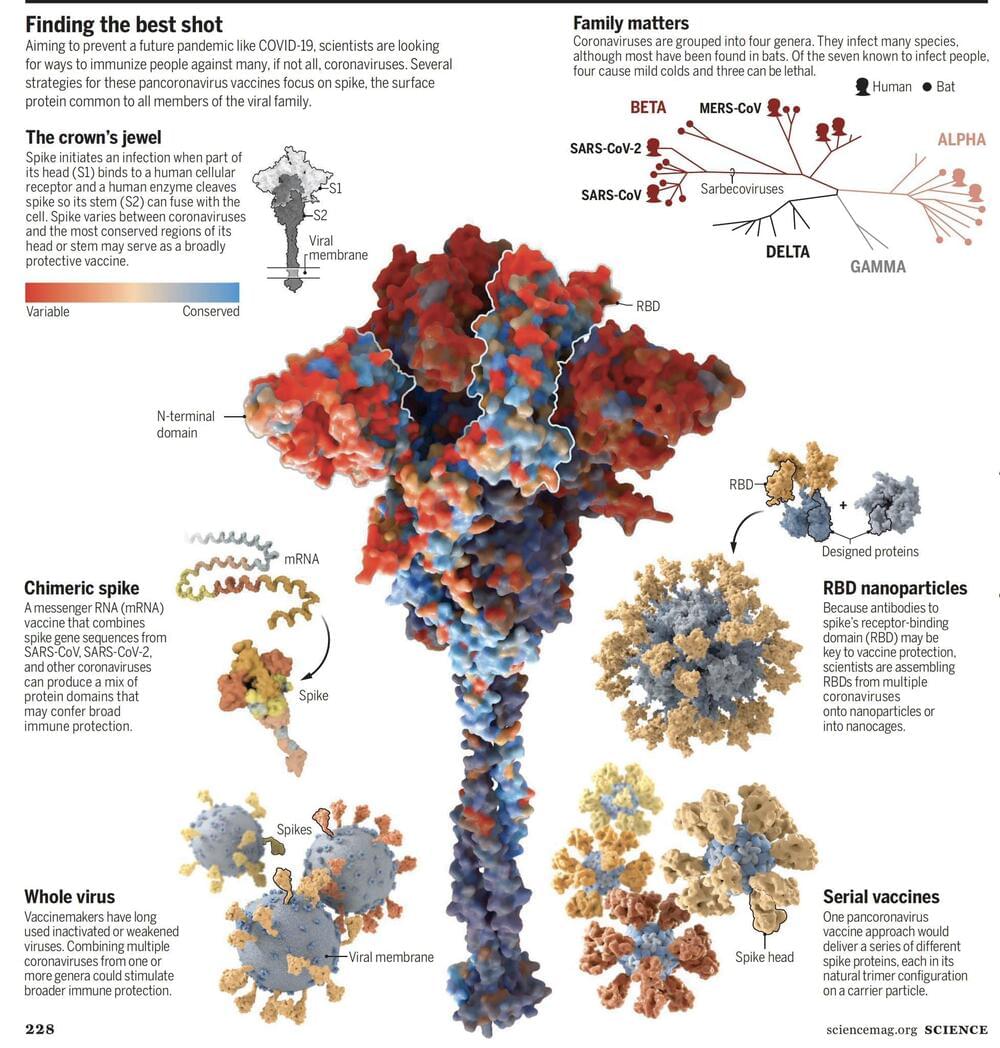And it can go faster than five times the speed of sound.
A team of researchers in China has built and tested a prototype hypersonic flight engine based on a design that was scrapped by NASA over 20 years ago, according to a report from the South China Morning Post (SCMP).
The prototype itself might not lead to a production version of hypersonic aircraft. Still, in a paper in the Journal of Propulsion Technology, the team behind the machine said “understanding its work mechanism can provide important guidance to hypersonic plane and engine development.”
NASA’s scrapped X-47C program is revived The original design was proposed by Ming Han Tang, a former chief engineer of NASA’s hypersonic program in the late 1990s. Tang’s Two-Stage Vehicle (TSV) X-plane design was at the center of the Boeing Manta X-47C program. However, before the program could verify the viability of the design, it was terminated by the U.S. government due to its high costs as well as a series of technical issues.
Full Story:







